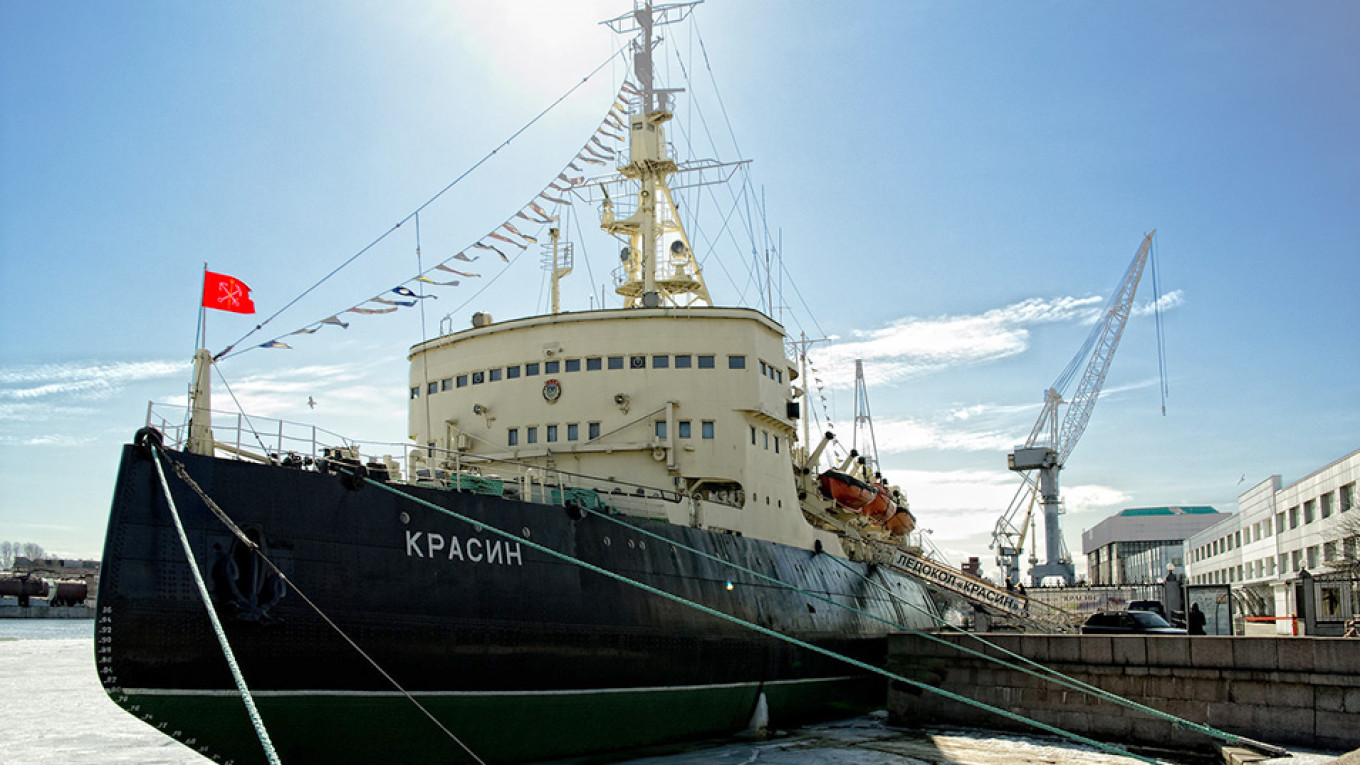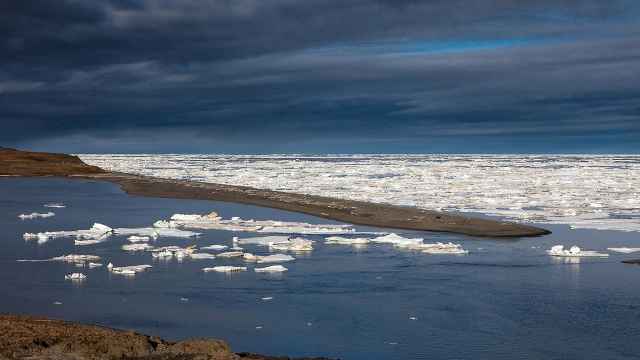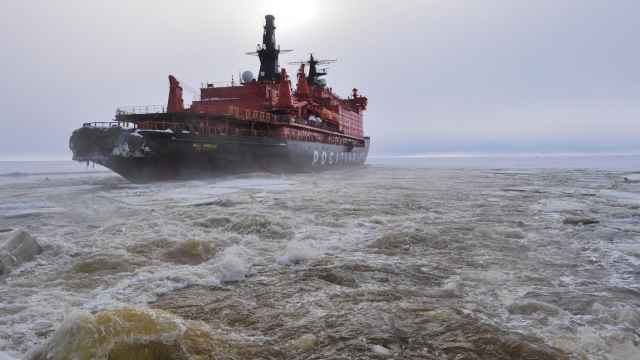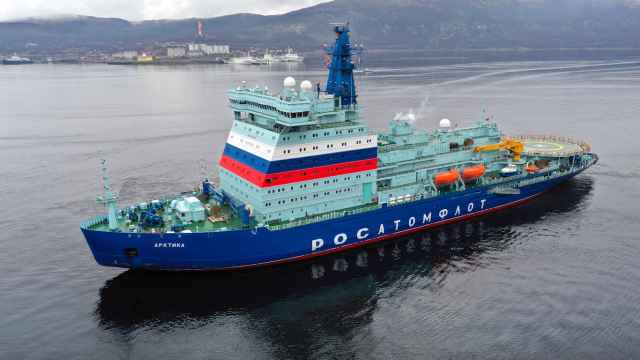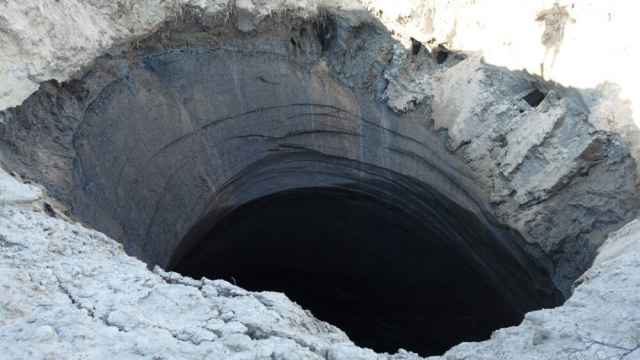Russia has big plans for its Arctic and is now in the process of building capacities that will enable it to ship out major volumes of goods from the region.
"Nuclear icebreakers, sea ports, support vessels and satellites are our main priority," says Maxim Kulinko, a top representative of Russia's state nuclear energy corporation Rosatom.
According to Kulinko, Russia will not only build eight nuclear-powered icebreakers by 2035, but also 16 rescue and support ships.
In addition, several major seaports are under development, and a total of 12 new satellites are to be put in orbit, Kulinko said in a recent conference on Russian offshore developments.
In 2018, Rosatom was given the main responsibility for development of the Northern Sea Route, the shipping route that stretches between the Novaya Zemlya archipelago and the Bering Strait.
The first goal is to increase annual goods volumes on the Northern Sea Route to 80 million tons by 2024, the target set by President Vladimir Putin in his grand national five-year plan.
New icebreakers
The Rosatom's expanded icebreaker fleet will include five of the 60 MW project 22220 icebreakers and three of the 120 MW "Lider" icebreakers by 2035.
Three of the former are already under construction and a construction contract on the first "Lider" is due to be signed before 2020, Kulinko said.
"We look at this project with optimism," the company representative said and added that the 'Lider' will be built at the new Zvezda shipyard in Vladivostok.
New seaports
The first new major seaport projected by Rosatom is the Utrenny terminal on the coast of the Ob Bay. It will serve natural gas company Novatek’s Arctic LNG 2, a project that will ultimately produce 19,8 million tons of LNG and launch production in 2023.
Major dredging operations have this summer taken place in the shallow waters of the Ob, and more is needed for big ships to be able to move into the Utrenny terminal.
By early October, as many as 4.7 million tons of seabed had been removed, and by 2022 a total of 26 million tons of ground will be dug away, Rosatom said. It will ultimately open a lane deep enough for big vessels to sail in an out of the area.
It is radically transforming the Arctic gulf.
Rosatom also plays a central role in the planning of the Chaika and Severny ports in the Taymyr Peninsula. The former is built for exports of coal from Vostok Coal’s nearby fields.
New satellites
The new infrastructure on the ground is to be followed up by new surveillance from above.
According to Maxim Kulinko, a series of new satellites are to provide meteorological and hydrological data and help analyze ice conditions.
"Up to 12 satellites will be launched before 2025 as part of the current program, a pretty expensive delightment," he said.
On the plan are also smaller innovative satellites that can use radio-locating equipment and provide ice mapping.
The space program is being developed in cooperation with state space agency Roscosmos and the state's meteorological service Roshydromet.
A Message from The Moscow Times:
Dear readers,
We are facing unprecedented challenges. Russia's Prosecutor General's Office has designated The Moscow Times as an "undesirable" organization, criminalizing our work and putting our staff at risk of prosecution. This follows our earlier unjust labeling as a "foreign agent."
These actions are direct attempts to silence independent journalism in Russia. The authorities claim our work "discredits the decisions of the Russian leadership." We see things differently: we strive to provide accurate, unbiased reporting on Russia.
We, the journalists of The Moscow Times, refuse to be silenced. But to continue our work, we need your help.
Your support, no matter how small, makes a world of difference. If you can, please support us monthly starting from just $2. It's quick to set up, and every contribution makes a significant impact.
By supporting The Moscow Times, you're defending open, independent journalism in the face of repression. Thank you for standing with us.
Remind me later.


